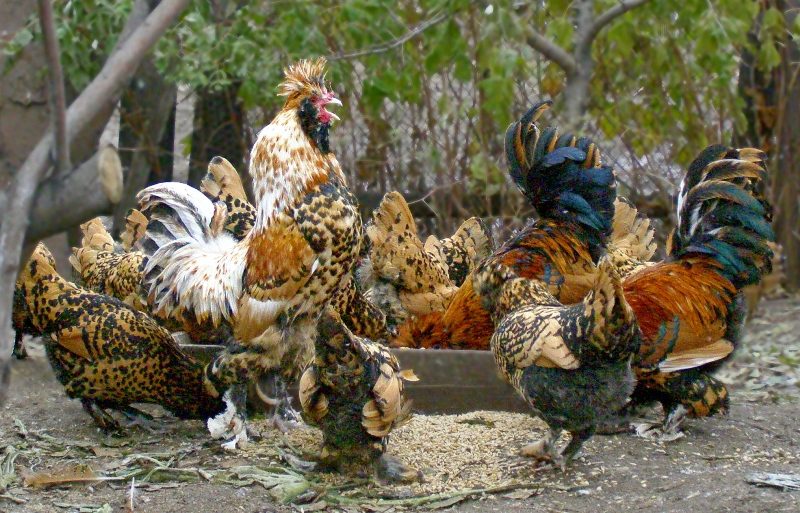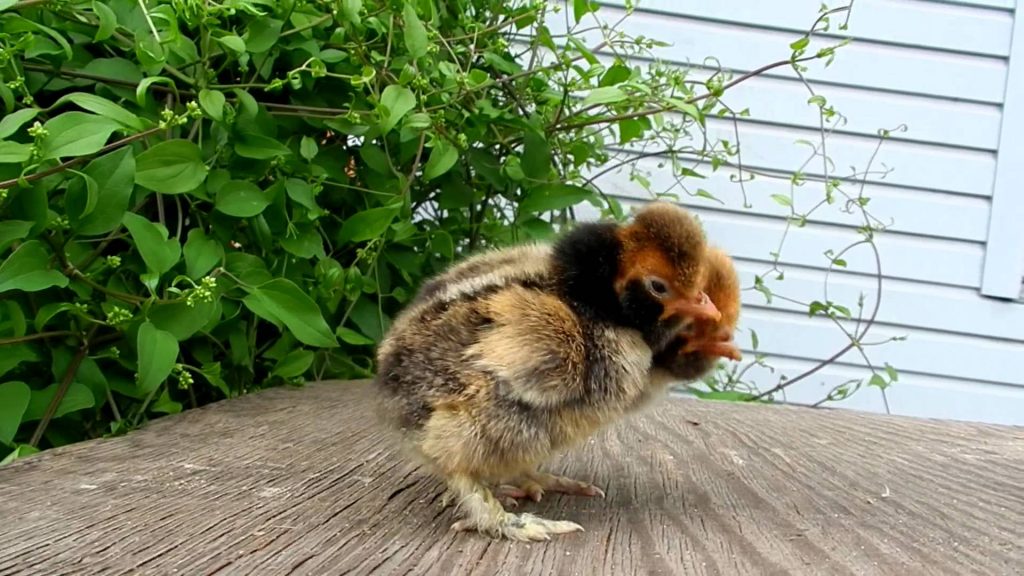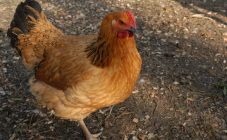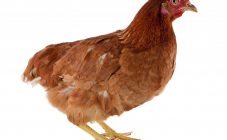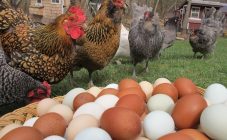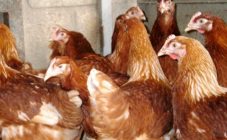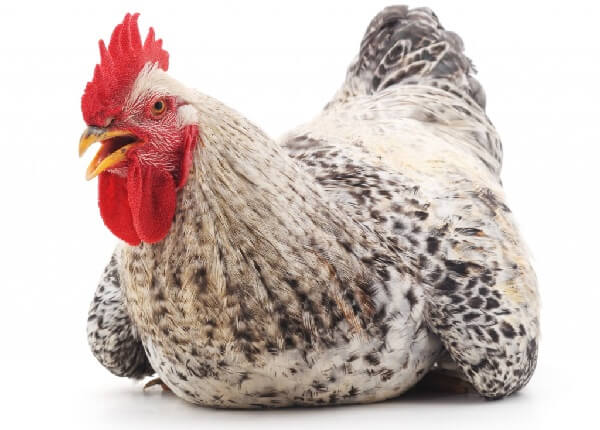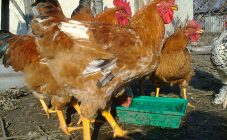Content:
Poultry farmers have long recognized Pavlovsky chickens as the most beautiful. This type of bird is a kind of standard of chicken beauty. Pavlovsky chickens appeared in the second half of the 17th century, but several times the species was completely disappeared. It was possible to save them only thanks to experienced farmers and their strenuous efforts. Thanks to their resilience and productive qualities, chickens are popular today on farms and private yards. As for poultry farms, chickens are rare here and are called decorative. In fact, these layers are very unpretentious and do not require special conditions of detention.
General information about the parod
The Pavlovian species of birds is the oldest of those that were bred on the territory of Russia. The species was first mentioned in the middle of the 17th century, but the story of their ancestors and who was the breeder was completely exterminated and has not survived to this day. This fact is due to the fact that in the past, no particular importance was attached to which species and subspecies of domestic animals were bred by breeders. Pavlovsky chickens were noticed in the second half of the 19th century, at a time when they were almost extinct.
Representatives of this type of chickens are graceful, light birds with an aristocratic posture. Their hulls are horizontally set, and the small head is decorated with a helmeted tuft. Chickens are also decorated with voluminous sideburns and a lush beard. The crest and its feathers are vertical, but even large sizes are not able to completely cover the bird's eyes. The beak is neatly shaped, slightly bent towards the end. The color shade can be either black and blue or pale pink. The raised nostrils are clearly visible above the surface of the beak, but the ridge in chickens is not fully developed. Its location is above the beak, parallel to the head. It is followed by the beginning of the tuft.
Pavlovsk golden breed of chickens is distinguished by large eyes, the iris of which has a black or cherry color. The earlobe is hidden by a dense layer of feathers. The back gradually tapers at the tail, and the ribcage is protruding forward. The tail is large and erect.
There are two subspecies of Pavlovsky chickens:
- golden;
- silver.
As for the golden subspecies, its representatives are especially "smart". The plumage of chickens Pavlovsk gold has a brownish-golden hue, and crescents or black coins at the end serve as additional decoration. The intense shine of the golden feathers shines beautifully in the sun. The golden variety is popular, in large part due to the fact that it is much easier to buy such chickens than silver ones.
In Pavlovsk silver chickens, the color shade varies from dark gray to snow-white, sometimes small black blotches are found. In chickens of the Silver species, the shine of feathers is not as intense as that of their counterparts; green color can be found only in dark areas of plumage. Based on observational statistics, the silver type is not as attractive as the gold type, which is why they are rare and quite expensive.
Description of the breed Pavlovsky chickens and characteristics
Birds are characterized by a stormy temperament. They have increased fussiness, and during wakefulness the birds are always in motion.They love to dig in the ground, hunt worms, fly or run. The Pavlovsk courses fly high enough, and even a significant fence cannot serve as a significant obstacle for them. In the process of flight, the birds can easily change their trajectory, and this is a complication when catching the escaped chicken.
Pavlovka can be frightened off by a sharp sound or a person who quickly approached. Their fright is characterized by a fast run across the enclosure, loud screams, and frequent flapping of their wings.
Birds that were bought in adulthood get used to their owner very difficult and for a long time. Male Pavlovian chickens have a cocky and quick-tempered character. They cannot tolerate other roosters on the territory of the corral, they often attack those opponents who are much larger than them.
The productivity of Pavlovsk chickens consists of the following indicators:
- the mass of eggs, which is about 50 g;
- the mass of the rooster, reaching 3 kg;
- tender and delicious fillet containing a moderate amount of fat;
- the number of eggs per year (indicators are 300 pieces);
- high maternal instinct;
- the mass of chickens, which is 2 kg.
If we consider the survival rates of hatched chickens, they are 100%.
Chickens begin to hatch early, and productivity does not decrease even after the birds reach 5 years of age. In winter, the egg production of the corydalis decreases.
Growing features
To grow birds, the chicken coop must be spacious and insulated so that the birds are not harmed by the severe winter frost. Install the perches at a height of no more than 100 cm from the floor surface. Due to the dense plumage, the bird is not afraid of slight drops in temperature, but during severe frosts it is recommended to turn on the heating in the pen.
The litter layer in the chicken coop should be replaced at least once a year, and the walls must be covered with a protective layer of slaked lime. Be sure to put hay in the nests every 30 days. Using antiseptic agents, systematically wash the troughs and drinkers once a month or if heavily soiled.
Other aspects of grooming consist of regular feeding and pest control. We must not forget that you need to collect eggs, because birds should try the shell once, they will systematically peck them up to feast on.
With regard to feeding, it is recommended to use the same feed. During the summer season, chickens can be sent to free range, and standard feeding (compound feed) can be reduced to a minimum. During walks, birds feast on worms, insects, grass or plant seeds. In order to determine whether a bird is full or not, you can feel its goiter. With its fullness, you can not worry about the fact that the chicken is hungry, but the presence of an empty or poorly filled goiter indicates that the bird is starving.
The normal state of the chicken is maintained with compound feed. In the winter season, you need to feed the birds with grass flour, grain mixtures, milk whey, wet mash, meat or fish waste and vitamin and mineral complexes. The chicken should eat one serving within half an hour. For feeding, you can use the waste after cooking, but only if they are not rotten or sour.
The maternal instinct of Pavlovsky chickens is very strong, the quochka can take the initiative and sit in the nest itself. In order for the chicks to hatch, farmers recommend placing no more than 10 eggs under the chicken. When raising chickens, Pavlovsky hen will protect them, preventing the loss of cubs. Feeding the chicks should only be started after they are completely dry.You can boil a hard-boiled egg, chop it into small pieces along with the shell and feed the chicken.
It is also necessary to include corn and crushed wheat groats in the diet of young animals. It is recommended to stop heating chickens of the Pavlovsk breed when the last stage of plumage is reached, which occurs on the 50th day after birth.
Breed advantages and disadvantages
In general, reviews of Pavlovsky chickens from farmers and poultry breeders are good. Chickens are significantly superior to representatives of other breeds due to the developed maternal instinct, early maturity, egg production and vitality of young animals. There are practically no flaws in the crested, only the presence of noise, increased activity and the ability to fly quite high is recorded.
These minor disadvantages can be eliminated by providing an indoor poultry house and regular walking. In any case, the choice remains with the poultry farmer, but you can try this breed in breeding.

